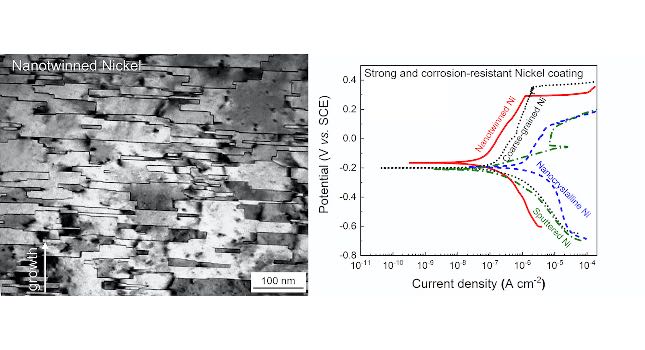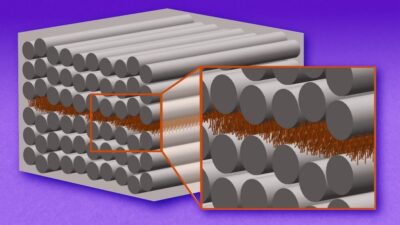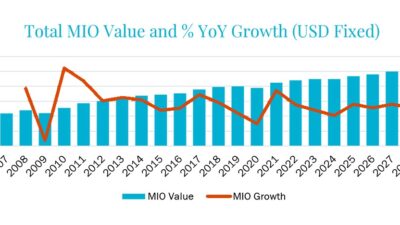Purdue University researchers have created a hybrid technique to fabricate a stronger form of nickel that could be used for automotive, medical and manufacturing applications.

Nickel is a widely used metal in the manufacturing industry for both industrial and advanced material processes. Purdue University researchers have created a hybrid technique to fabricate a new form of nickel that may help future production of lifesaving medical devices, high-tech devices and vehicles with strong corrosion-resistant protection. The technique involves a process where high-yield electrodeposition is applied on certain conductive substrates.
One of the biggest challenges for manufacturers with nickel is dealing with the places within the metals where the crystalline grains intersect, which are known as the boundary areas. These conventional grain boundaries can strengthen metals for high- strength demand.
However, they often act as stress concentrators and they are vulnerable sites for electron scattering and corrosion attack. As a result, conventional boundaries often decrease ductility, corrosion resistance and electrical conductivity.
Another specific type of boundary, much less common in metals such as nickel due to its high-stacking fault energy, is called a twin boundary. The unique nickel in a single-crystal-like form contains high-density ultrafine twin structure but few conventional grain boundaries.
This particular nickel has been shown by the Purdue researchers to promote strength, ductility and improve corrosion resistance. Those properties are important for manufacturers across several industries – including automotive, gas, oil and micro-electro-mechanical system (MEMS) devices.
“We developed a hybrid technique to create nickel coatings with twin boundaries that are strong and corrosion-resistant,” said Xinghang Zhang, a professor of materials engineering in Purdue’s College of Engineering. “We want our work to inspire others to invent new materials with fresh minds.”
The researchers’ solution is to use a single crystal substrate as a growth template in conjunction with a designed electrochemical recipe to promote the formation of twin boundaries and inhibit the formation of conventional grain boundaries.
“Our technology enables the manufacturing of nanotwinned nickel coatings with high-density twin boundaries and few conventional grain boundaries, which leads to superb mechanical, electrical properties and high corrosive resistance, suggesting good durability for applications at extreme environments,” said Qiang Li, a research fellow in materials engineering and member of the research team. “Template and specific electrochemical recipes suggest new paths for boundary engineering and the hybrid technique can be potentially adopted for large-scale industrial productions.”
Potential applications for this Purdue technology include the semiconductor and automotive industries, which require metallic materials with advanced electric and mechanical properties for manufacturing. The nanotwinned nickel can be applied as corrosion-resistant coatings for the automobile and oil and gas industries.
The new nickel hybrid technique can be potentially integrated to the micro- electro-mechanical system industry after careful engineering designs. MEMS medical devices are used in critical care departments and other hospital areas to monitor patients.
The relevant pressure sensors and other functional small-scale components in MEMS require the use of materials with superior mechanical and structural stability and chemical reliability.
Purdue University
– Edited by Chris Vavra, associate editor, Control Engineering, CFE Media and Technology, [email protected].



